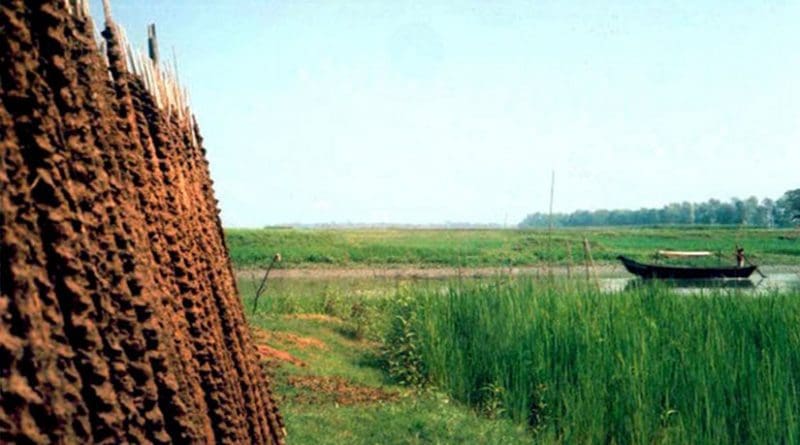Bangladesh: A Land Of Investment In The Making – OpEd
By Swadesh Roy*
Thousands of investors came to the capital of Bangladesh from different part of the world. After all, it was for the first time that a large scale investors’ summit had been organized in Bangladesh.
During the inaugural session, the Prime Minister of Bangladesh, Sheikh Hasina, told the participants the story of new era; she said they have all gathered at a place that is seeking to develop itself into a land of investment; a land that can provide rich manpower. In fact, reflecting on the blossoming popular capital of Bangladesh, one of the participating foreign banks, Standard Chartered Bank’s managing director, said at this summit that now 99 percent of his employees are Bangladeshi. A similar statement was made by the Chief Executive of Unilever; one of the biggest multinational companies in Bangladesh.
The focal point of Unilever and the Standard Chartered Bank is precisely the educated, enthusiastic pool of workers that Bangladesh provides. It is undeniable that when seeking to invest, an investor would put his/her money there where it will get the best manpower to manage its operations. Now a pool of almost 60 million manpower is ready to be employed in Bangladesh, making it an investment destination worth a shot.
But this young manpower is not the only attraction for the investors from the participating countries. While it is one of the prime attractions for Scandinavian countries; countries of European Union and even Japan, it is not however, the main attraction for Vietnam or China. They are not suffering from manpower crisis. Bangladesh attracts the attention of population-plenty countries like China and India for the avenues it provides for investment in infrastructural development.
Some economists say that both these countries are investing in Bangladesh for their own interest as the country can serve as an effective transit country, making investment in its infrastructure an essential. However, while both India and China might be eyeing Bangladesh for their vested interest, to have them to invest in this country is one of the most effective steps on the path to industrialization and attracting further investment. Bangladesh needs infrastructure in place to attract more investment.
It is true that China and India will get transit facility from Bangladesh, but this does not mean that Bangladesh will not get any interest or profit by being a transit nation to two of the fastest growing economies in the world. Rather, Bangladesh could perhaps count itself as a geographically blessed country that has both land and river transit with two emerging big economy like China and India. Even Bangladesh can join itself with the Chinese maritime route and the China to Europe land route. Sometimes both are called silk route. Therefore, it is lucrative for the investors to invest in Bangladesh.
Young and energetic manpower, openness to building infrastructure using foreign investment and a desire to connect with the world economy are the main parts of the new story that PM Sheikh Hasina is weaving for Bangladesh. But all the parts of the story are yet to appear as beautiful. There are some parts of the story which still need editing. One of the parts is that the capital of Bangladesh is very much an unplanned city. Sheikh Hasina is trying to make it into a planned city by connecting some new suburb which is under construction. But its future is still unclear. Opinions are available in plenty: some say that it is right path; others say it will convert Dhaka into a concrete jungle.
As they say, Rome was not built overnight, and so is the case with Dhaka. It will get in order soon.
*Swadesh Roy is a writer and columnist and is working as an Executive Editor of Daily Janakantha, Dhaka, Bangladesh. He can be contacted at: [email protected]

